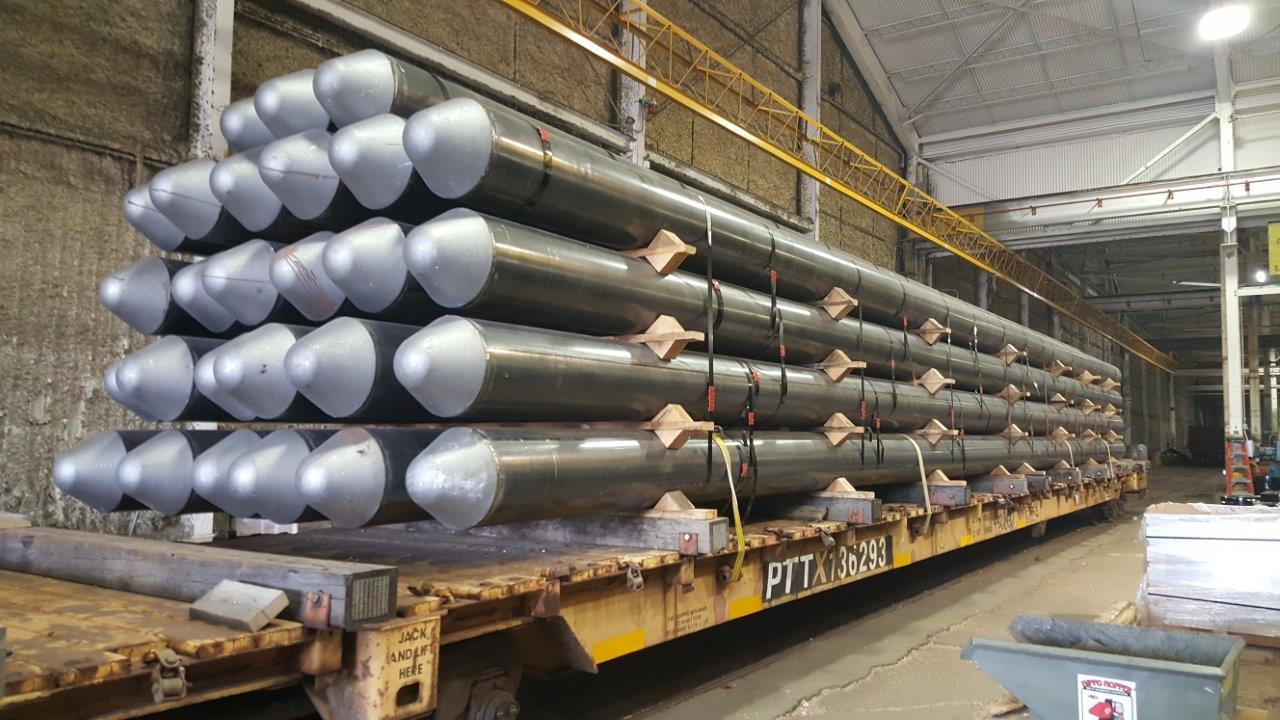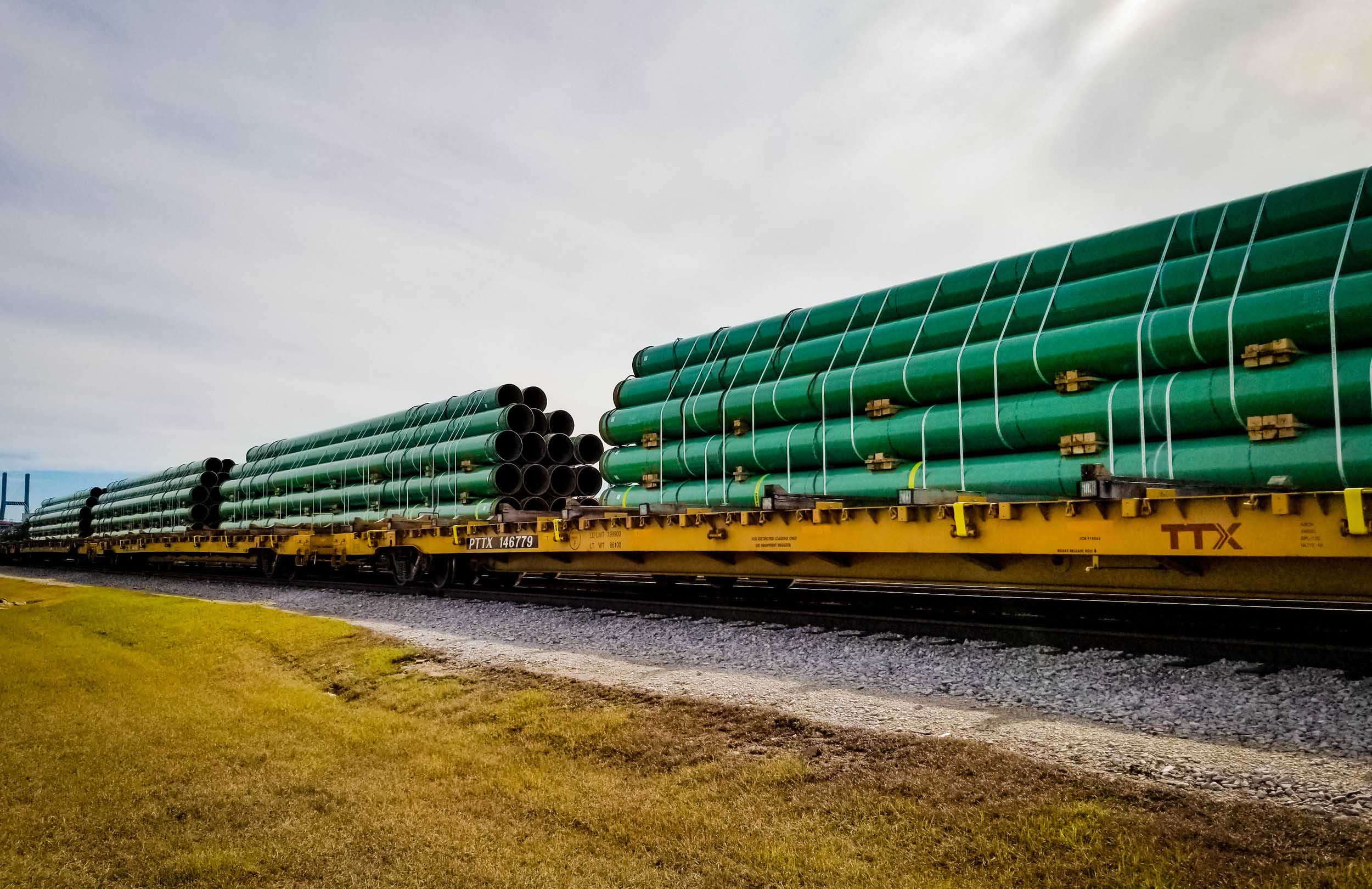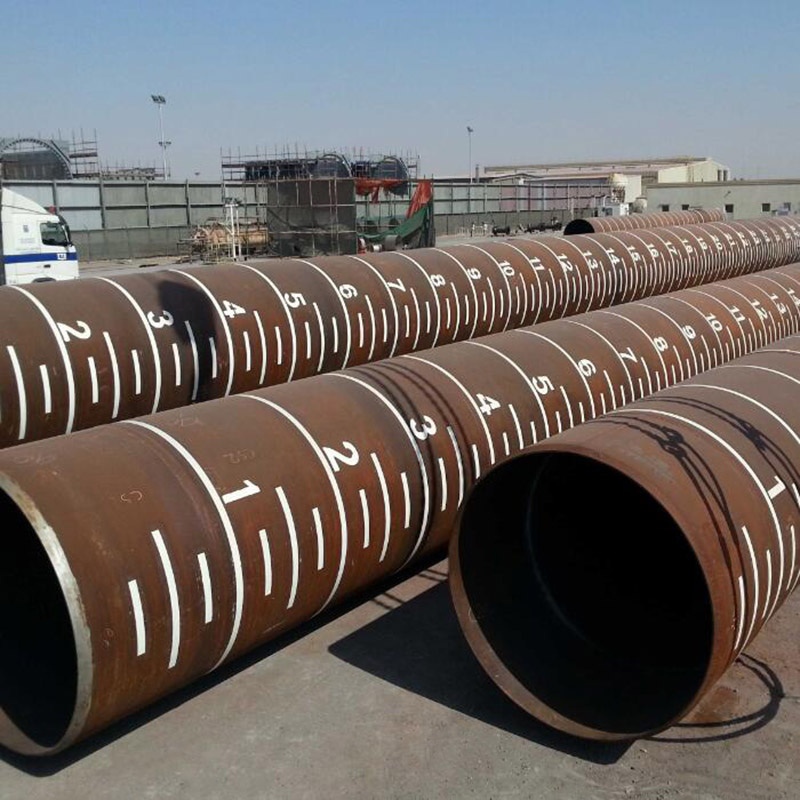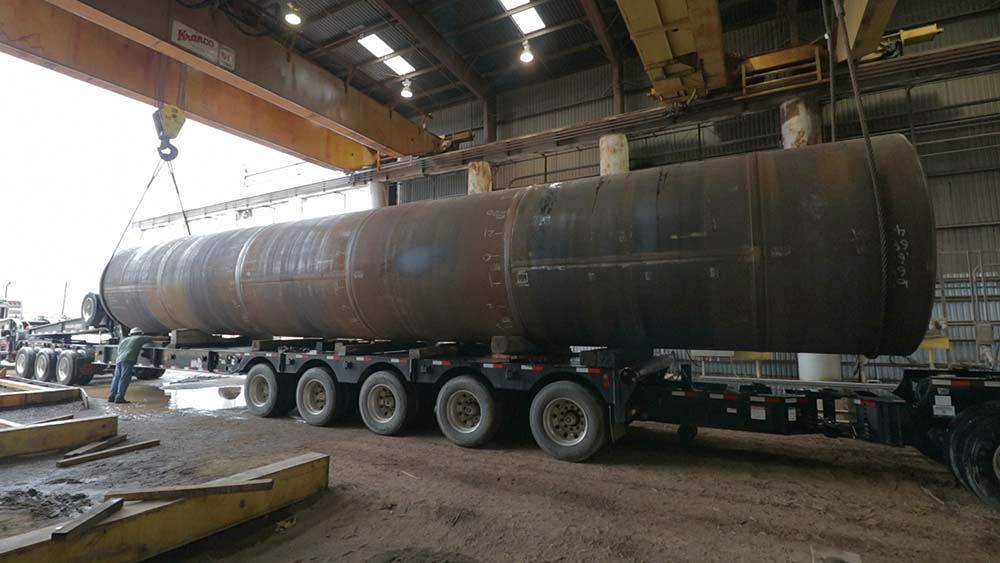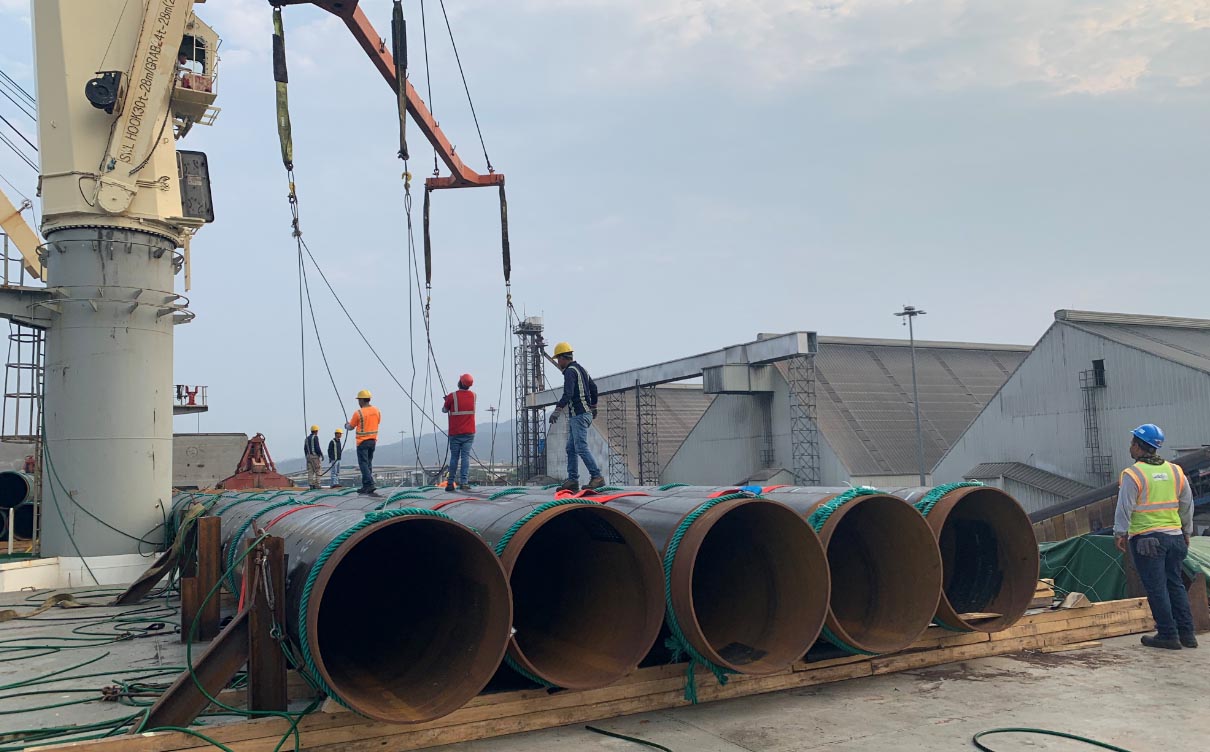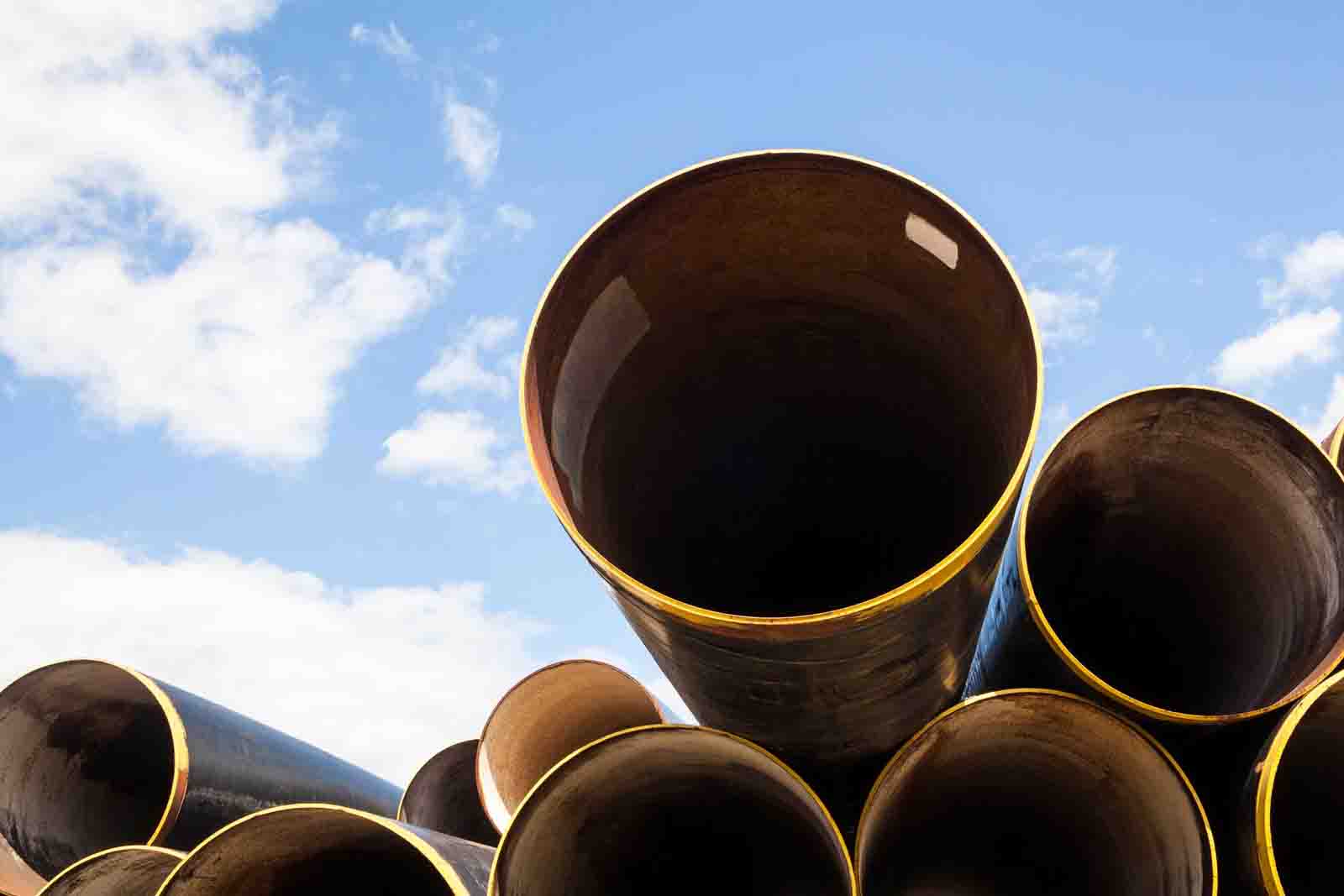Tubular Combined Walls: A Comprehensive Analysis
Introduction
Tubular combined walls are an innovative and robust structural system used primarily in deep foundation and retaining wall applications. This system combines the strength and versatility of steel pipes with the functionality of intermediate piles, typically double Z sections or U sections. The combination of these elements creates a structural system that can support significant loads, resist various environmental factors, and provide long-term stability for a wide range of engineering projects.
This comprehensive analysis will delve into the components, design principles, applications, advantages, and construction methodologies associated with tubular combined walls. By exploring these aspects in detail, we aim to provide a thorough understanding of why tubular combined walls are a preferred choice in modern engineering projects.
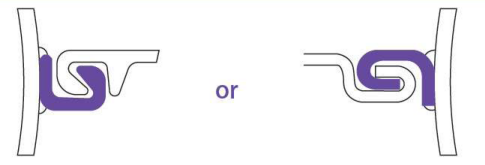
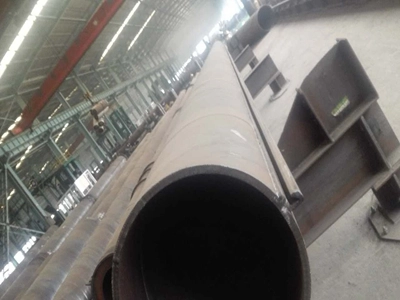
COMBINED WALLS
Combined walls are another form of part-fabricated piling used to form walls for deep excavations. They comprise steel bearing piles acting as structural supports in conjunction with secondary sheet piles acting as intermediate earth retaining infill elements. These walls provide increased stiffness or if necessary provide improved bearing capacity.
The combined wall can be formed from alternating tubular and sheet piles. The tubular piles take vertical loads and stiffen the wall. See figure
For a HZ walls system, proprietary I sections are interlocked with Z profile piles, using a specifically designed hot-rolled connector. See figure.
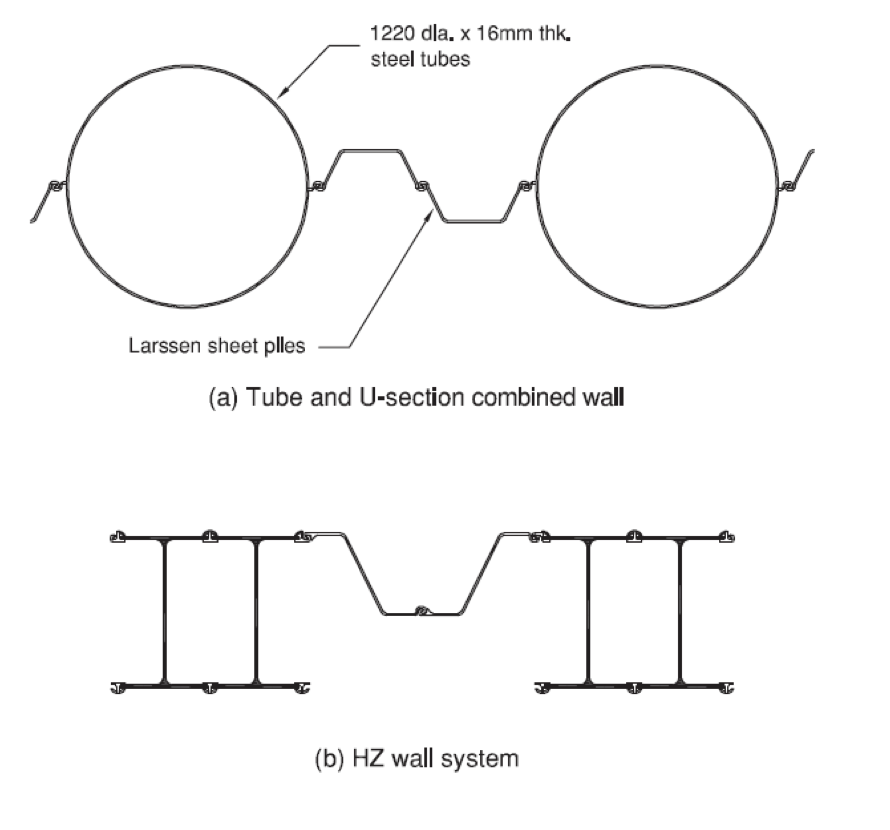
|
Product Name
|
Steel pipe and sheet pile tubular combined walls
|
|
Steel Grade
|
S275GP,S355GP,S390GP,S430GP,X52,X60,X65,X70,X80
|
|
Length
|
Up to over 100m
|
|
Diameter
|
up to 350mm
|
|
Standard
|
API5L,EN10219,EN10248,EN10249
|
|
Watertight
|
by sealant or welding
|
|
Orgin
|
China
|
|
Transport
|
Normally by bulk vessels
|
Components of Tubular Combined Walls
Steel Pipes
Steel pipes serve as the primary elements in tubular combined walls. These pipes are typically large-diameter, thick-walled steel tubes that provide the main structural support. Key characteristics of steel pipes used in these systems include:
- Material: Made from high-strength, corrosion-resistant steel grades.
- Diameter: Varies depending on the project requirements, but generally ranges from 500mm to over 2000mm.
- Wall Thickness: Thick-walled pipes are preferred to ensure durability and load-bearing capacity.
Intermediate Piles
Intermediate piles are used to fill the gaps between the primary steel pipes. They are usually made from double Z sections or U sections, which are types of steel sheet piles. These intermediate piles serve several functions:
- Load Transfer: They help distribute loads between the primary steel pipes.
- Soil Retention: They provide continuous soil retention, preventing soil erosion and movement.
- Water Tightness: When properly sealed, they help prevent water ingress.
Connection Elements
To ensure the structural integrity of the combined wall system, various connection elements are used:
- Welding: Steel pipes and intermediate piles are often welded together to form a continuous wall.
- Bolting: In some cases, bolted connections are used to attach intermediate piles to the primary steel pipes.
- Clutches: Special clutches or interlocks may be used to connect sheet piles to the steel pipes, enhancing overall stability.
Design Principles
Designing a tubular combined wall involves several key principles to ensure the system meets the required performance criteria.
Load-Bearing Capacity
The primary function of tubular combined walls is to support significant loads, both vertical and horizontal. The load-bearing capacity is determined by:
- Steel Pipe Strength: The diameter, wall thickness, and material grade of the steel pipes play a crucial role in defining their load-bearing capacity.
- Intermediate Pile Contribution: While secondary to the steel pipes, intermediate piles also contribute to the load distribution and overall stability of the wall.
Soil-Structure Interaction
Understanding the interaction between the tubular combined wall and the surrounding soil is essential for an effective design. Key factors include:
- Soil Type: Different soil types (e.g., clay, sand, silt) have varying bearing capacities and frictional properties.
- Soil Pressure: Both active and passive soil pressures must be considered to ensure the wall can resist lateral forces.
- Settlement: The design must account for potential settlement of the soil and the wall system.
Water Tightness
For applications in water-rich environments, such as coastal areas or riverbanks, water tightness is a critical design consideration. This is achieved through:
- Proper Sealing: Ensuring all connections between steel pipes and intermediate piles are properly sealed to prevent water ingress.
- Use of Waterproof Materials: In some cases, additional waterproofing materials or coatings may be applied to enhance water tightness.
Durability and Corrosion Resistance
Given the harsh environments in which tubular combined walls are often used, ensuring durability and corrosion resistance is paramount. This can be achieved through:
- Material Selection: Using high-strength, corrosion-resistant steel grades.
- Coatings and Treatments: Applying protective coatings, such as galvanization or epoxy, to prevent corrosion.
- Regular Maintenance: Implementing a maintenance schedule to inspect and repair any signs of wear or damage.
Applications
Tubular combined walls are versatile and can be used in a wide range of applications. Some of the most common applications include:
Deep Foundations
In deep foundation projects, tubular combined walls provide the necessary support for heavy structures, such as skyscrapers, bridges, and offshore platforms. The high load-bearing capacity of steel pipes makes them ideal for these applications.
Retaining Walls
Tubular combined walls are often used as retaining walls to prevent soil erosion and landslides. Their robust construction and ability to withstand significant lateral pressures make them suitable for retaining wall applications in hilly or coastal areas.
Marine and Coastal Structures
In marine and coastal environments, tubular combined walls are used to construct quay walls, breakwaters, and seawalls. Their resistance to corrosion and ability to provide water-tight barriers make them ideal for these harsh environments.
Temporary Structures
In construction projects, tubular combined walls can be used to create temporary structures, such as cofferdams, which allow for the construction of foundations in waterlogged areas. These temporary structures can be easily installed and removed as needed.
Advantages of Tubular Combined Walls
High Load-Bearing Capacity
One of the primary advantages of tubular combined walls is their high load-bearing capacity. The use of large-diameter steel pipes as primary elements provides the necessary strength to support heavy structures and resist significant lateral forces.
Versatility
Tubular combined walls are versatile and can be adapted to various applications and site conditions. The ability to use different types of intermediate piles and connection elements allows for customization based on specific project requirements.
Durability
The use of high-strength, corrosion-resistant steel ensures the long-term durability of tubular combined walls. When properly designed and maintained, these walls can withstand harsh environmental conditions and provide reliable performance for decades.
Rapid Installation
The modular nature of tubular combined walls allows for rapid installation, reducing construction time and costs. Pre-fabricated steel pipes and intermediate piles can be quickly assembled on-site, minimizing disruptions to surrounding areas.
Environmental Benefits
By providing effective soil retention and erosion control, tubular combined walls help protect the environment and prevent land degradation. Additionally, their ability to create water-tight barriers can prevent contamination of water sources.
Construction Methodologies
Site Preparation
Before construction begins, thorough site preparation is essential. This includes:
- Geotechnical Investigation: Conducting soil tests to determine soil properties and bearing capacity.
- Site Clearing: Removing vegetation, debris, and any existing structures from the construction area.
- Excavation: Excavating the site to the required depth for the installation of the tubular combined wall.
Installation of Steel Pipes
The installation of steel pipes involves several steps:
- Positioning: Steel pipes are positioned at the designated locations along the wall alignment.
- Driving: The pipes are driven into the ground using pile driving equipment. In some cases, pre-drilling may be required to facilitate installation.
- Alignment: Ensuring the pipes are aligned correctly and at the appropriate depth is crucial for the stability of the wall.
Installation of Intermediate Piles
Once the steel pipes are in place, the intermediate piles are installed:
- Positioning: Intermediate piles are positioned between the steel pipes, ensuring proper spacing and alignment.
- Driving: The piles are driven into the ground using pile driving equipment, similar to the steel pipes.
- Connection: Intermediate piles are connected to the steel pipes using welding, bolting, or clutches, as specified in the design.
Sealing and Waterproofing
To ensure water tightness, all connections between steel pipes and intermediate piles must be properly sealed. This may involve:
- Welding: Creating continuous welds along the joints to prevent water ingress.
- Sealing Compounds: Applying sealing compounds or gaskets to fill any gaps and ensure a water-tight barrier.
- Coatings: Applying waterproof coatings to the surface of the steel pipes and intermediate piles for additional protection.
Quality Control and Testing
Throughout the construction process, quality control measures are implemented to ensure the integrity of the tubular combined wall. This includes:
- Inspection: Regular inspections of the materials, installation process, and finished wall.
- Testing: Conducting load tests, soil pressure tests, and water tightness tests to verify the performance of the wall.
- Documentation: Keeping detailed records of the construction process, including material specifications, test results, and inspection reports.
Case Studies
Case Study 1: Quay Wall Construction
In a major port expansion project, tubular combined walls were used to construct a new quay wall. The project involved:
- Steel Pipes: 1200mm diameter, 25mm wall thickness, made from high-strength steel.
- Intermediate Piles: Double Z sections, 600mm wide.
- Water Tightness: Welding and sealing compounds were used to ensure water tightness, preventing water ingress from the adjacent river.
The tubular combined wall provided the necessary support for heavy cargo handling equipment and resisted significant lateral pressures from the water and soil. The rapid installation process minimized disruptions to port operations.
Case Study 2: Coastal Erosion Control
In a coastal erosion control project, tubular combined walls were used to construct a seawall to protect a residential area. The project involved:
- Steel Pipes: 1000mm diameter, 20mm wall thickness, coated with epoxy for corrosion resistance.
- Intermediate Piles: U sections, 500mm wide.
- Environmental Considerations: The design included provisions for drainage and habitat restoration to minimize environmental impact.
The tubular combined wall effectively prevented further erosion and protected the residential area from storm surges and high tides. The use of corrosion-resistant materials ensured long-term durability in the harsh coastal environment.
Conclusion
Tubular combined walls represent a versatile, durable, and high-performing solution for a wide range of engineering applications. By combining the strength of steel pipes with the functionality of intermediate piles, these systems provide robust support, effective soil retention, and reliable water tightness. The modular nature of tubular combined walls allows for rapid installation and customization based on specific project requirements.
Through careful design, material selection, and construction methodologies, tubular combined walls can provide long-term stability and performance in various environments, from deep foundations and retaining walls to marine and coastal structures. The use of quality control measures and regular maintenance ensures the continued integrity and effectiveness of these walls, making them a preferred choice for modern engineering projects.

